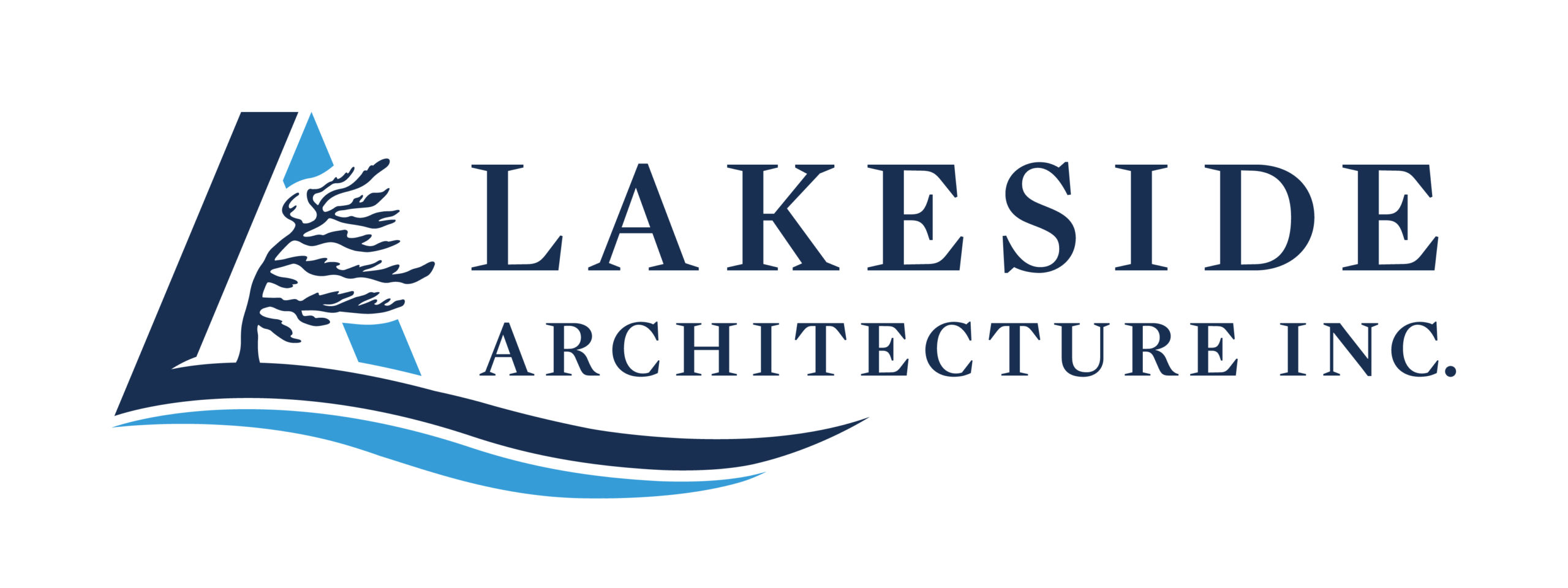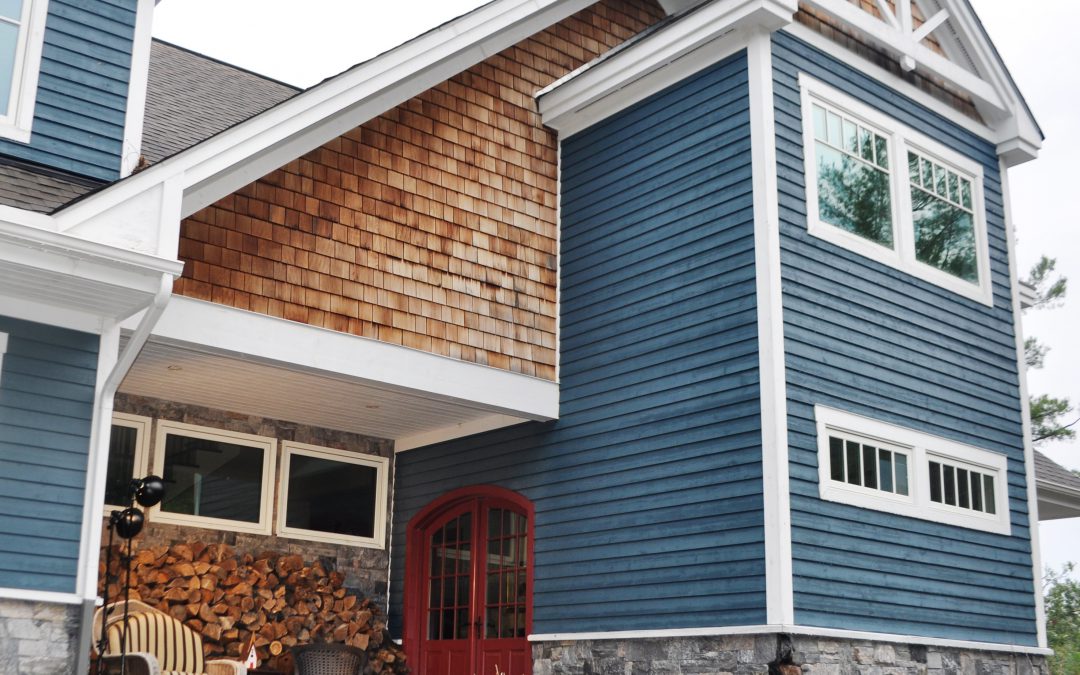The key trends for 2019 include the increasing use of universal design; increased attention to a healthy living environment; infill development and its focus on improved design; and the growing popularity of kitchens as the focus of household activities. Outdoor Living Lifestyles have become more informal, and homes are reflecting this. Formal living rooms and dining rooms are disappearing, replaced by great rooms, dens, and open-space layouts. With this movement to informality has been growth in outdoor living. While initially decks, patios, and outdoor grills were the focus, this trend has expanded to outdoor kitchens and even fully furnished outdoor rooms. Home Offices During the recession, many companies downsizing forced many to work or job hunt out of their homes. Additionally, technology advancements made telecommuting a more feasible option for many workers. As a result, even though homes were getting smaller during the housing downturn, home offices were growing in popularity. Technology Many consumers supplemented their traditional desktop computer with laptops, tablets, and smartphones. This created the need to provide the infrastructure within homes to support all these devices. Additionally, growing concerns about sustainability increased consumer demand for energy and water conservation devices, and emerging technologies often facilitated the management of these systems in the home. Universal design and Accessibility Features Universal design, a series of principles that encourage a more accessible environment, has been well-articulated for two decades. However, we now have a large generation of households that is beginning to think more seriously about its housing needs for the coming years. Over the next 10 years, the majority of Baby Boomers will have turned 65; those households that remain actively involved in home improvement projects will increasingly think about how to incorporate accessibility features into the projects they undertake. Increased focus on a healthy home environment The emerging concern over environmental health issues is increasingly being focused on residential environments. A recent national consumer survey found that a quarter of homeowners were at least suspicious that their home may be causing health problems, while an additional 20 percent were unsure whether to be concerned or not. Since renters have less ability to control their residential environment, they express even higher levels of concern. Indoor air quality tops the list of healthy home concerns, but water quality and potentially harmful materials or chemicals in the home also are commonly mentioned. Greater consumer awareness and growing mistrust of government and industry are likely to push healthy home issues to even greater levels of awareness.
Recent Comments
By submitting this form, you are consenting to receive marketing emails from: . You can revoke your consent to receive emails at any time by using the SafeUnsubscribe® link, found at the bottom of every email. Emails are serviced by Constant Contact

